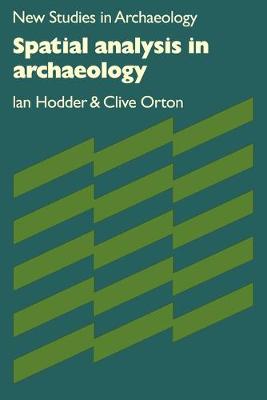New Studies in Archaeology
2 total works
Material culture - the objects made by man - provides the primary data from which archaeologists have to infer the economies, technologies, social organization and ritual practices of extinct societies. The analysis and interpretation ofmaterial culture is therefore central to any concern with archaeological theory and methodology, and in order to understand better the relationship between material culture and human behaviour, archaeologists need to draw upon models derived from the study of ethnographic societies. First published in 1982, this book presents the results of a series of field investigations carried out in Kenya, Zambia and the Sudan into the 'archaeological' remains and material culture of contemporary small-scale societies, and demonstrates the way in which objects are used as symbols within social action and within particular world views and ideologies.
This 1976 text is a pioneering study in the applications to archaeology of modern statistical and quantitative techniques. The authors show how these techniques, when sensitively employed, can dramatically extend and refine the information presented in distribution maps and other analyses of spatial relationships. Techniques of interpretation 'by inspection' can now be made more powerful and rigorous; at the same time interest has turned from the examination of such sites and artefacts as 'things' to the spatial relationships between such things, their relationships to one another and to landscape features, soils and other resources. This book was the first to apply the available techniques systematically to the special problems and interests of archaeologists. It also demonstrates to geographers and other social scientists who may be familiar with analogous applications in their own fields the exciting interdisciplinary developments this facilitates, for example in studies of exchange networks, trade and settlement patterns, and cultural history.

